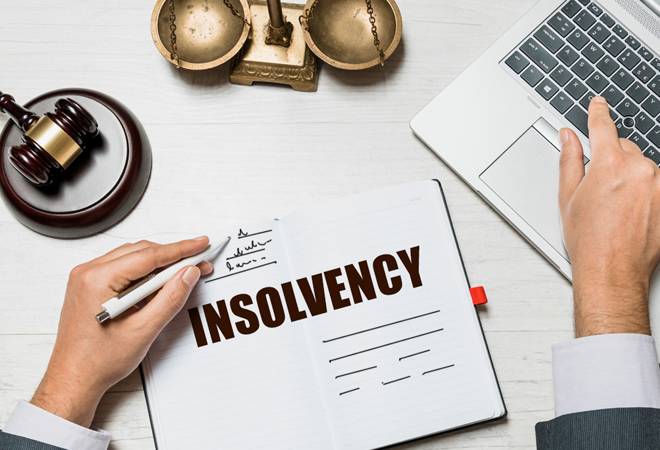Joseph Grynbaum , a world renowned mediator has observed that “An ounce of mediation is worth a pound of arbitration and a ton of litigation!” India is weighing the benefits of mediation in insolvency disputes and is working towards bringing a legal framework to this effect. Given that judicial delay has become the biggest Achilles heel in the Indian legal system, attempts are being made to strengthen the out of court resolution mechanism.
Data shows that in the year 2022, the total number of pending cases of all types and at all levels rose to five crores, including over 169,000 court cases pending for more than 30 years in district and high courts. Almost 85% of these cases are pending in district courts as of December 2022. Pendency in dealing with insolvency cases is equally concerning.
As per the official statement given by the minister in Parliament, 12,871 cases are pending under IBC before the NCLT as on 31 October 2022. Parliament has introduced the Mediation Bill with aim to reduce the pendency. The Bill requires persons to try to settle civil or commercial disputes through mediation before approaching any court or tribunal. While the law does provide for compulsory mediation, it does allow that the party may withdraw from mediation after two mediation sessions. Further, it mandates that the mediation process must be completed within 6 months which may be extended by another 6 months by the parties. Clause 31 of the Bill provides that the period during which the parties were engaged in the mediation shall be excluded for computing the period of limitation specified for any proceedings. A plain perusal of the Bill indicates that its very premise is antithetical to the core objective of mediation. Law seems to take the approach of compulsion over consensus. Any mediation requires the parties to come to mutually agreeable terms. If the parties are forced to participate in mediation, positive outcome is unlikely. Thus, compulsory mediation will only delay conflict resolution. Commercial agreements are based on freedom of parties that is core to their consensus building. In fact, compulsory mediation is contrary to both law and public policy by taking the choice of the commercial parties and force them to choose their method of dispute resolution.
Mediation can be useful to reduce pendency in insolvency cases. However, in its current form, the Bill is in conflict with the IBC. If we wish to use mediation for reducing the pendency of cases, it requires a special framework. Insolvency cases needs a quicker resolution. The timeline proposed by the Mediation Bill is what the IBC provides for. If mediation is made mandatory to IBC disputes, it will further extend the timeline for resolution, thereby defeating the objective of timey resolution. Further, the bill excludes disputes of certain nature from its preview. For instance, disputes which have the effect on rights of a third party who are not a party to the mediation proceedings or disputes involving allegations of serious and specific fraud, fabrication of documents, forgery, impersonation, coercion are excluded from being mediated. Also, dispute relating to levy, collection, penalties or offences, in relation to any direct or indirect tax or refunds, enacted by any State legislature or Parliament are also excluded. The disputes in insolvency cases that pertains to asset tracing, avoidance or fraud or even settlement of claim will be excluded. This will lead to more conundrum and defeat the purpose of both the laws. Among countries, the US is leading on the use of insolvency mediation. Following the collapse of Lehman Brothers into Chapter 11 proceedings, mediation served effective in mediating and repaying creditors at an improved rate. There are several examples wherein mediation has successfully settled an action brought by liquidators against former directors alleging undervalue transactions, wrongful payment of dividends and seeking repayment of loans of over 1.5 million pounds. it is a preferred option for mass claims that are settled in the context of bankruptcy proceeding. It can be used for transactions at an undervalue, dispute with directors, professional negligence etc. Lehman Brothers’ successful mediation gives us confidence that mediation can be used for complex cases. The potential of mediation in insolvency was also recognised when the European Commission presented its report on the application of Directive 2008/52/EC (EU Mediation Directive). In fact, there are several countries in Europe such as Belgium, England, France, Greece, and Spain where mediation has been used in matters of restructuring and insolvency. A Dutch pilot study shows that mediation in insolvency court yielded 70% successful resolution. However, the choice will depend on multiple factors such as nature of dispute, efficacy of the legal system. It will be useful for India to evaluate the reasons for success of the 70% and factors that led to failure of the remaining 30%. A study into these factors can provide a direction to design our own framework.
Dr Neeti Shikha is a lecturer at the School of Law, University of Bradford, UK.
Insolvency resolution in India needs options beyond courts
- Advertisement -

